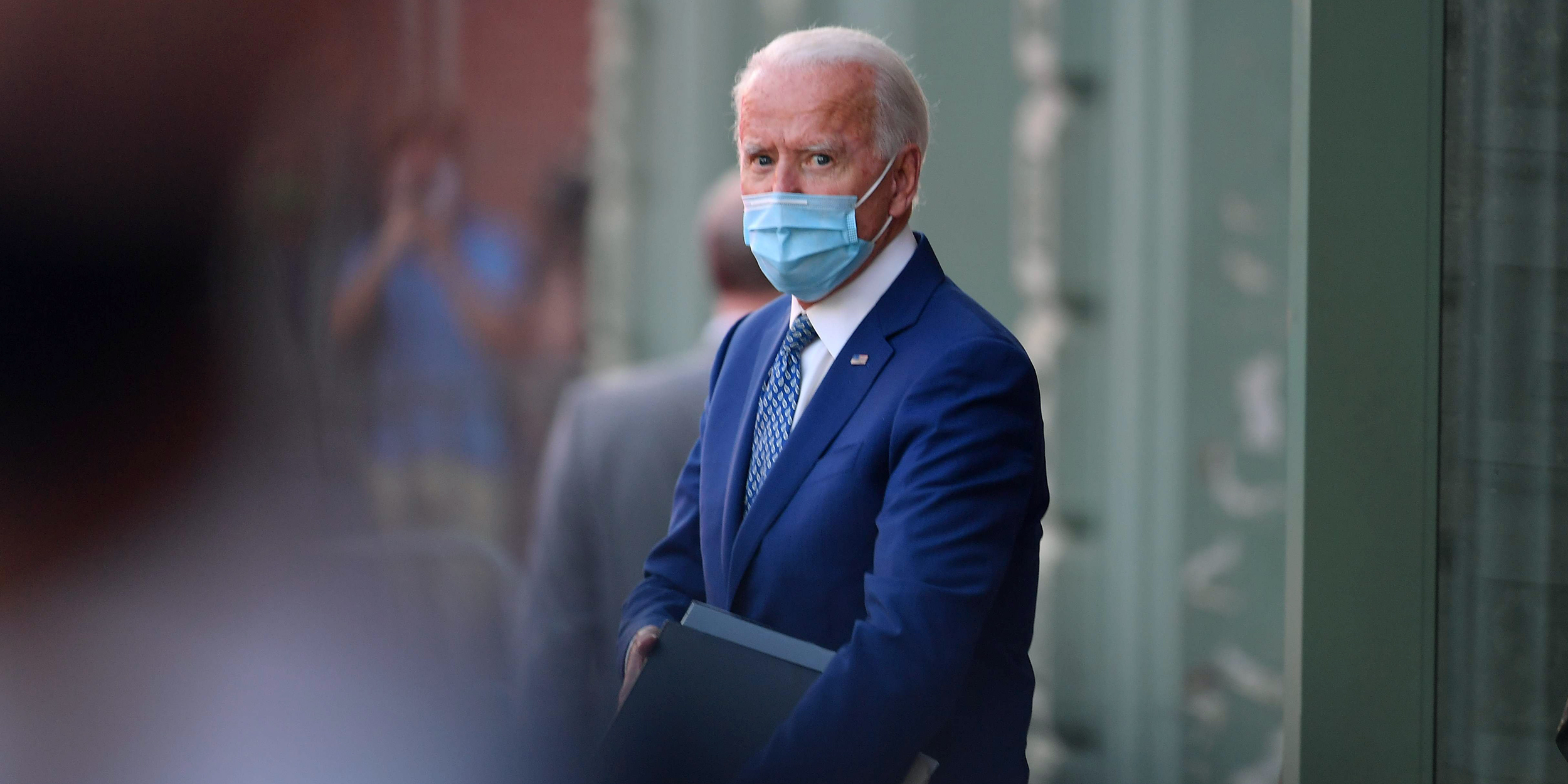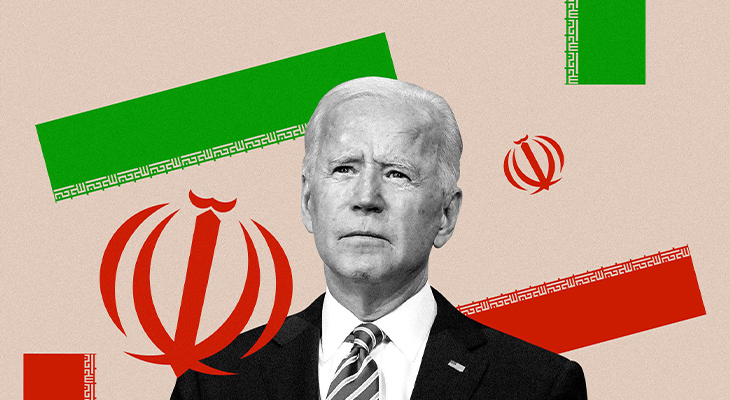French President Emanuel Macron, on September 6, held his second official phone call with Iranian President Ebrahim Raisi since his ascent to presidency, to discuss the future of the Vienna talks aiming to revive the 2015 nuclear deal. Six rounds of talks have been held so far In Vienna.
During the phone call, Raisi stressed that Tehran favors a resumption of “fruitful talks” provided that all sanctions imposed on Iran be removed. This represents Iranian foot-dragging over returning to the negotiating table.
Continued Iranian Escalation
Iran takes an obstinate stand on the resumption of negotiations with the United States, and pursues an approach based on procrastination and foot-dragging over returning to the talks while at the same time it escalates its nuclear activities.
1- Foot-Dragging:
Iran stopped engagement in the Vienna talks, the last round of which was held in late June, because, it claimed, of Raisi’s winning of the presidential elections, and the need to wait until a new government is formed.
But even after a new government was formed on August 25, no new date for resuming the talks was announced. The new Iranian foreign minister Hossein Amir-Abdollahian announced, in early September, that the stalled talks will likely not resume for another two to three months, until the new government establishes itself to start taking decisions. This means the talks will not resume before December.
2- Sanctions removal first:
The Iranian president and his foreign minister reiterate that all sanctions should be removed to allow Tehran to resume negotiations with Washington. Additionally, Iran insists that no issue outside the scope of the nuclear deal should be discussed. Iran is well aware that Washington will reject these two conditions in principle.
Moreover, the first condition is against logic, because lifting the sanctions will mean that Iran will have no incentives to make any concessions on the controversial issues. That is why, US Secretary of State Antony Blenkin reiterated that Washington insists on Iran sanctions as long as Iran refuses to achieve full compliance with the nuclear deal.
3- Khamenei’s intransigence:
Nuclear talks are under the jurisdiction of Iran’s supreme leader Ali Khamenei, with the president and prime minister playing only a limited role, which is practically to carry out the relevant orders issued by Khamenei. This means that Iran’s procrastination and foot-dragging are made as per directives by Khamenei himself, who is convinced that Washington places bets solely on diplomatic solutions and that it has no other choices to deal with Iran.

4- Escalation over the nuclear issue:
Iran has accelerated its enrichment of uranium up to 10 kilograms at 60% fissile purity, according to a report by the International Atomic Energy Agency (IAEA), revealed on September 7. Iran continued to produce uranium used to build nuclear arms. The IAEA on August 16 said that Iran produced 200 grams of uranium metal enriched up to 20 percent, according to an IAEA report issued on August 17. Iran’s activity is in violation of the nuclear deal known as the Joint Comprehensive Plan of Action, or JCPOA.
Iran achieved this level by using two clusters, instead of one, of IR-6 centrifuges at the Natanz and Fordo nuclear facilities.
Iran continues to violate its nuclear commitments by adopting the so-called “Strategic Action Plan To Lift Sanctions”, passed in early December last year by the Consultative Assembly, or parliament.
5- Expulsion of international inspectors:
Starting June 24, Iran did not allow inspectors from the IAEA to enter the country to monitor and verify Iran’s compliance with the JCPOA.
6- Iran’s escalation of regional provocations:
Iran continues to be a threat to regional security where, through its proxies in the region, it targets US presence in both Syria and Iraq. Additionally, attacked ships and tankers in the region after hardline Raisi took office as president. Overall, these actions serve as messages from Iran that it will use its regional proxies to threaten regional security if it is attacked over its nuclear program.
American Counter Policy
Recently, the US Administration escalated rhetoric against Iran and announced the following measures:
1- Withdrawal from nuclear talks:
Washington threatened to withdraw from the talks, affirm king that such talks cannot go on indefinitely. It also threatened to seek other courses if negotiations with Iran fail. Washington’s aim is to show the international community that Tehran is the intransigent party to the talks and to prepare the international community to accept other options.
2- Imposing further sanctions:
Statements made by US Special Envoy for Iran Robert Malley on September 4 showed that Washington prepared some emergency plans, including imposing new sanctions with European allies. Malley did not make clear the nature of the sanctions. Additionally, the Biden Administration began to pursue policies to curb Iran’s ability to import components used for the development of missiles and drones to eventually limit threats posed by Iran.
3- Signing a partial or separate agreement:
The first option is that Washington would offer limited economic incentives to Tehran which, in return, would stop violating the nuclear deal. The approach would be called “the least for the least” and would ultimately pave the way for a gradual return to the nuclear deal.
In the second option, a new agreement, independent from the 2015 nuclear deal.
The two options hinge on Iran’s responsiveness, which is shrouded with doubts due to the supreme leader’s intransigence about Iran’s return to any negotiations.
4- Conducting sabotage operations:
Following talks with Israeli Prime Minister Naftali Bennett on August 27, US President Joe Biden stated that America is ready to turn to other options if diplomacy does not resolve the Iranian nuclear crisis.
Israeli sources close to the meeting between Biden and Bennett revealed that there is an agreement with the US Administration that Tehran will not be allowed to acquire a nuclear weapon, and that a large number of sabotage operations would be conducted against Iran’s nuclear program in the ‘death by a thousand cuts’ strategy while avoiding the option of going to an all-out military confrontation with Iran.
5- Reducing threats posed by Iran:
The US is planning to launch a new task force that incorporates airborne, sailing and underwater drones as part of the 5th Fleet combat operations in the Middle East. The force aims to protect international trade traffic and maritime routes and reduce Iran’s ability to target vessels and tankers as well as its ability to threaten to close the region’s vital waterways.
It should be noted that this step may indicate Washington’s intention to reduce Iran’s military capabilities if it decides to consider other options away from diplomacy, through economic sanctions or sabotage operations.
In conclusion, it is safe to say that Iran’s acquisition of a nuclear weapon is a red line for Washington, which nonetheless has not yet adopted any credible policies that can force Tehran to return to negotiations over its nuclear program. Moreover, it is not clear when Washington will decide if it is no longer possible to place bets on the diplomatic option, especially because a lack of international monitoring of Iran’s nuclear activities makes it unable to reduce progress made by Tehran in uranium enrichment.
On the other side, Tehran insists on foot-dragging to buy time by imposing conditions to avoid sitting at the negotiating table and gain more nuclear experience that makes it closer to becoming a nuclear state. Overall, these actions indicate that sabotage operations have become an option for Washington to take in coordination with Israel, alongside economic sanctions, to reduce threats posed by Iran.


